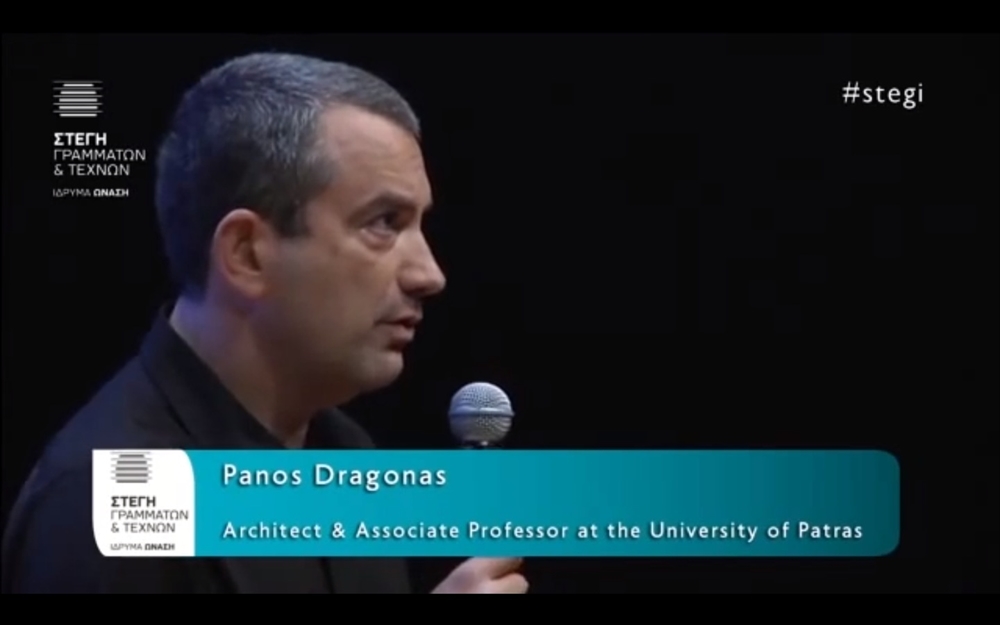Informal activities such as street art, recycling materials from the homeless or squatting in derelict buildings, are commonplace in Western metropolises. In the last decade, the living conditions in urban centers have favored the development of a wide range of new informal actions. These phenomena often come as a response to the economic crisis, the dominant consumerist lifestyle and the neoliberal policy that determines the production of urban space. The proliferation of new internet technologies and social networking helps the organization of such actions. Moreover, it facilitates the creation of new collectivities in contemporary cities.
The emergence of the current social has motivated citizens to claim their rights to the city. Especially in southern Europe that is ravaged by the crisis, numerous new groups and collectives attempt to use bottom up practices to reclaim the public space. Ideological differences often divide these heterogeneous groups. Some of them volunteer in order to substitute for state`s inability to address urban problems. Other groups are turning to activism in order to assert their threatened rights in the city and create new urban commons. In any case, the multitude of improvised urban practices leaves different imprints on the ground of the city. This phenomenon is not confined to southern Europe but has also characterized cities of northern Europe or America. Imaginative solutions in small-scale urban problems, which are usually using minimum cost recycled materials, are now a worldwide phenomenon. Public space is changing in small steps reflecting the vibrancy, the diversity and ingenuity of numerous new initiatives and collectivities.
The central question of the debate concerns the dynamics of the informal city and the prospects of spontaneous urban practices for the benefit of urban society. The discussion may also address the following issues:
• Τhe role of architects as mediators between the grassroots movements and the official bodies of the city.
• The evaluation of the imperfect, improvised, work that the grassroots movements usually produce.
• The possibility of coordinating ad-hoc urban practices from “bottom-up” with large-scale “top-down” urban interventions by the official bodies of the city.
• The lessons from the informal city and the impact of collective planning and actions on formal architectural practice and urban design.
Event curated by Panos Dragonas, Architect & Associate Professor at the University of Patras
Speakers:
Ethel Baraona Pohl: Architect, writer and blogger
Cathy Lang Ho: Architecture and design critic, curator
Ares Kalandides: Urban Planner
Lois Papadopoulos: Architect, Professor at the University of Thessaly
Co-ordinator:
Achilleas Hekimoglou: Journalist
This discussion forms part of the “Greek thought in dialogue: Experiential learning programmes” project, which is itself part of the “Academy of Plato: the State and the Citizen” Action implemented within the framework of the Education and Lifelong Learning Programme co-funded by the EU (European Social Fund) and national funds.
 PANOS DRAGONAS ARCHITECT & ASSOCIATE PROFESSOR AT THE UNIVERSITY OF PATRAS
PANOS DRAGONAS ARCHITECT & ASSOCIATE PROFESSOR AT THE UNIVERSITY OF PATRASThe dynamics of the informal city and the prospects of spontaneous urban practices | Cycle “Re-think Athens”
READ ALSO: LIGHT STRINGS INSTALLATION AT THE TICdate BY DOMESTIC DATA STREAMERS